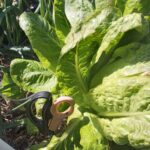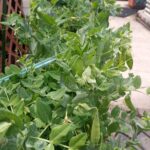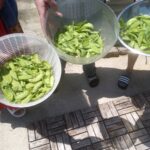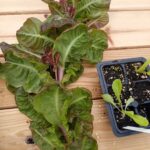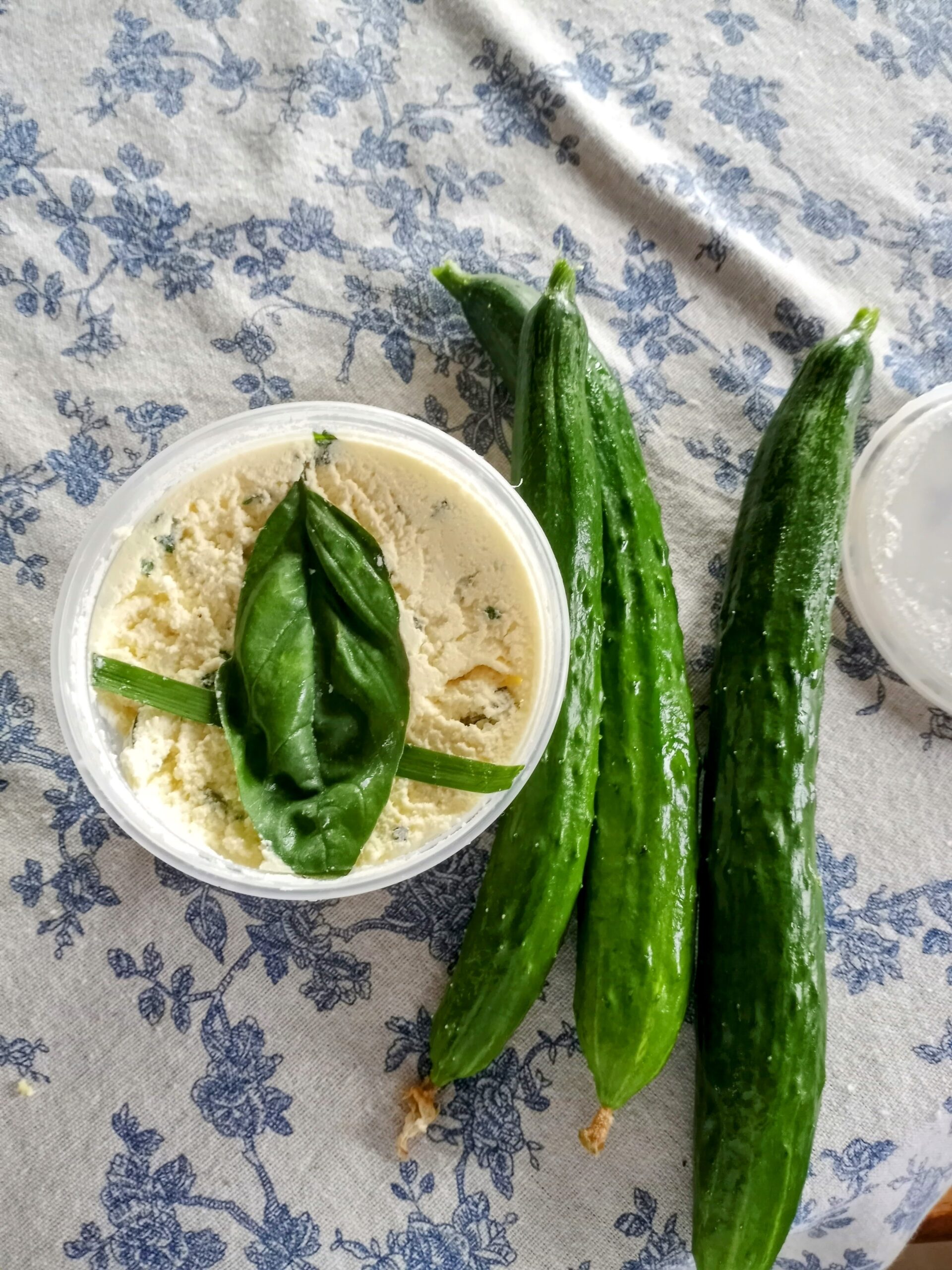Why Your Cucumbers Are Bitter and Misshapen
Last week I pulled three misshapen cucumbers from plants that looked perfectly healthy. One was curved like a question mark, another had a bulbous end, and the third was so bitter I couldn’t even think to pickle it. If you’ve been there, you know how frustrating it is when your cucumber plants seem fine but the fruit tells a different story. After growing cucumbers in different climates for years, I’ve learned that bitter and misshapen cucumbers usually come down to three main issues: heat stress, incomplete pollination, and watering problems. The good news is that once you know what to look for, these problems are fixable. Here’s how:
- Mulch around cucumber plants and water deeply in the morning when temperatures stay above 85°F – heat stress causes bitterness and poor fruit development.
- Look for cucumbers tucked behind leaves or in the back of the plant – these often get incomplete pollination from bees, causing misshapen fruit.
- Look for cucumbers tucked behind leaves or in the back of the plant – these often get incomplete pollination from bees, causing misshapen fruit.
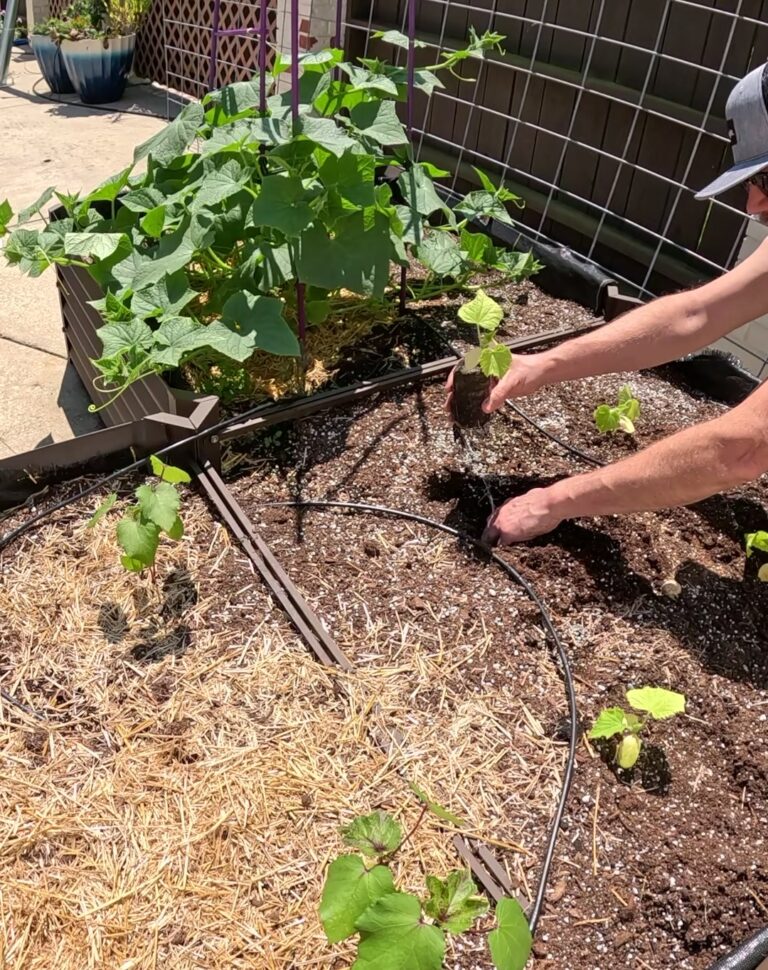
I plant new cucumber seeds every few weeks to keep fresh ones coming all season. Right now I have mature plants producing tons of cucumbers but getting tired, younger plants just starting to flower, and seedlings going in for the next round. This setup means you get consistent harvests instead of dealing with bitter, stressed plants that stop producing.
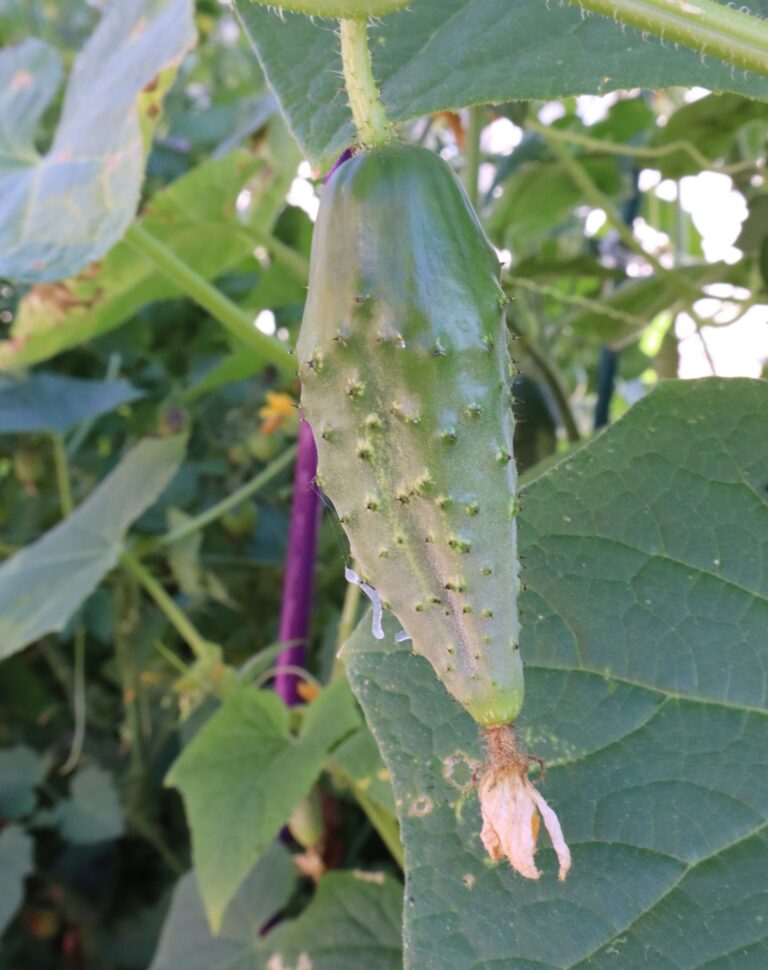
This cucumber shows the classic signs of incomplete pollination – notice how it’s tucked behind the leaves where bees can’t easily reach it. The bulbous end and narrower top tell you the flower didn’t get fully pollinated. I find these hidden cucumbers all the time in my garden, and they’re almost always the misshapen ones. When you’re checking your plants, look for cucumbers growing in the back or under leaves – those are the ones that need better bee access.
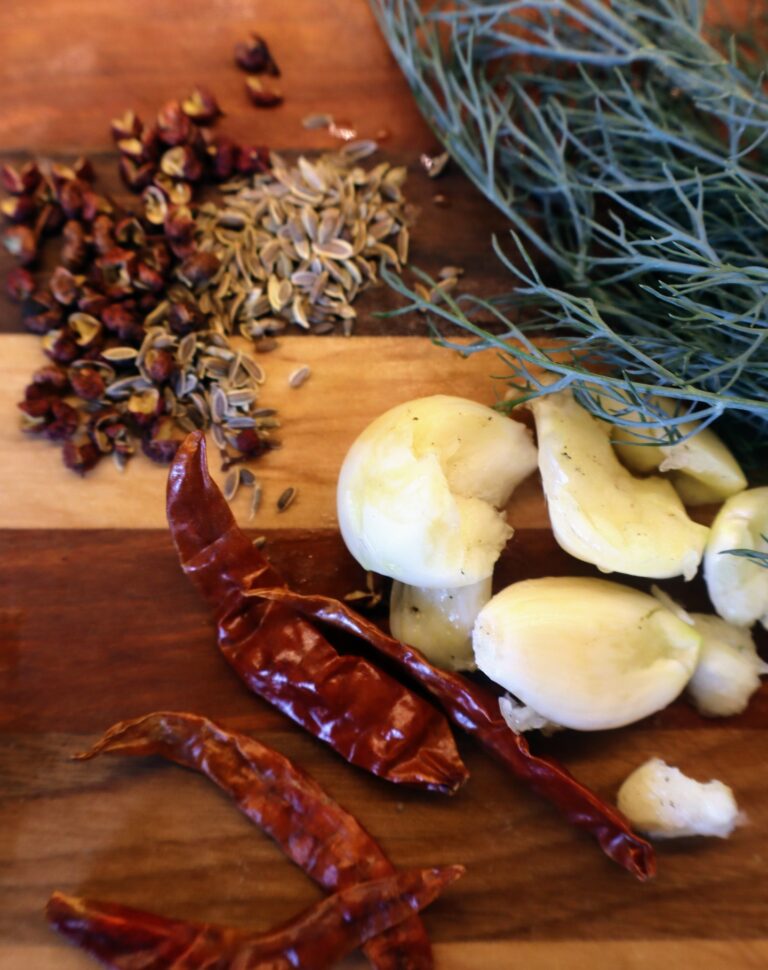
Our cucumbers are coming in rapidly now, which means daily pickle making with smashed garlic, fresh dill, and spicy brine. When you’re harvesting cucumbers at finger length like I do, they never turn bitter and they pickle beautifully. The key is catching them young – once they get oversized, that’s when the bitterness creeps in and ruins your pickle batch.
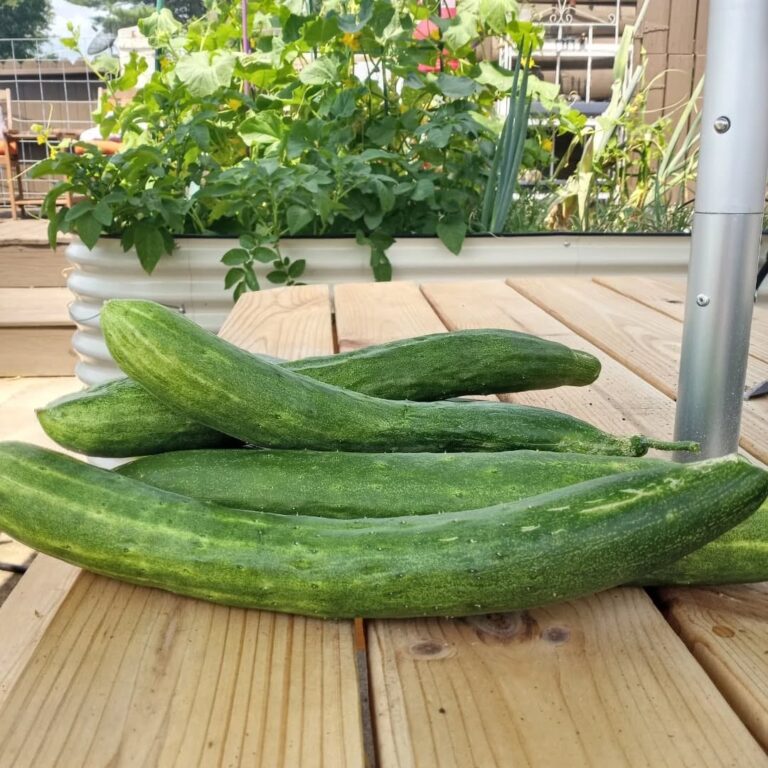
These are some of my favorites – Suyo long. They produce so well in my climate and that’s another thing to look for — keep trying varieties until you find the right one for you. That’s why succession planting really does come in handy.
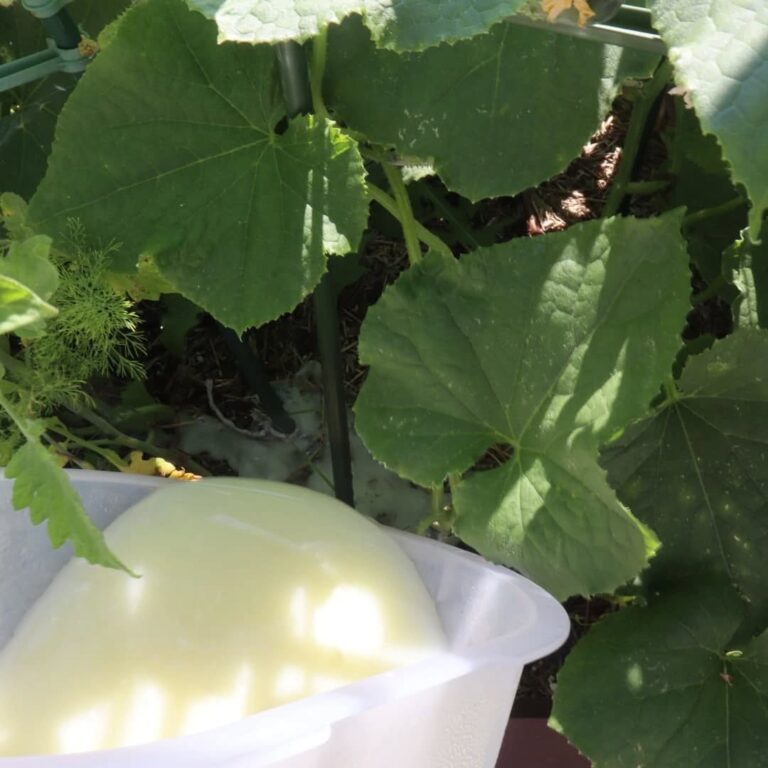
I used to struggle with diseased cucumbers until I started feeding them whey from straining homemade yogurt. I don’t dilute it like most people say to do. My cucumbers have been healthier since I started this – no powdery mildew or rust even in our humid climate. The whey seems to strengthen them against the diseases that used to plague my overcrowded cucumber beds.
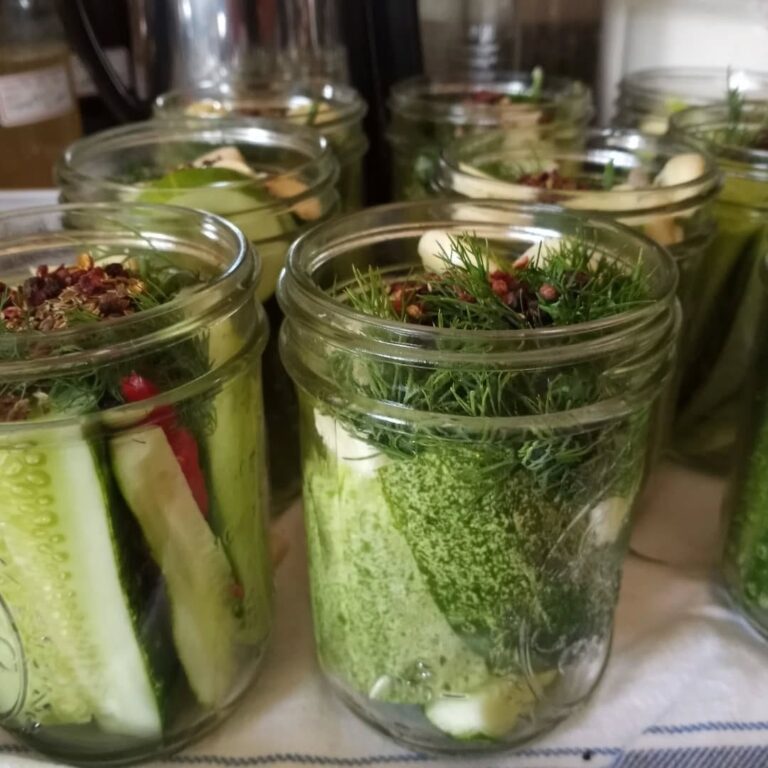
These jars are packed with dill and spices, ready for the fridge. The whey treatment made such a difference that I can harvest cucumbers at the perfect size without worrying about bitterness. I like my pickles spicy!
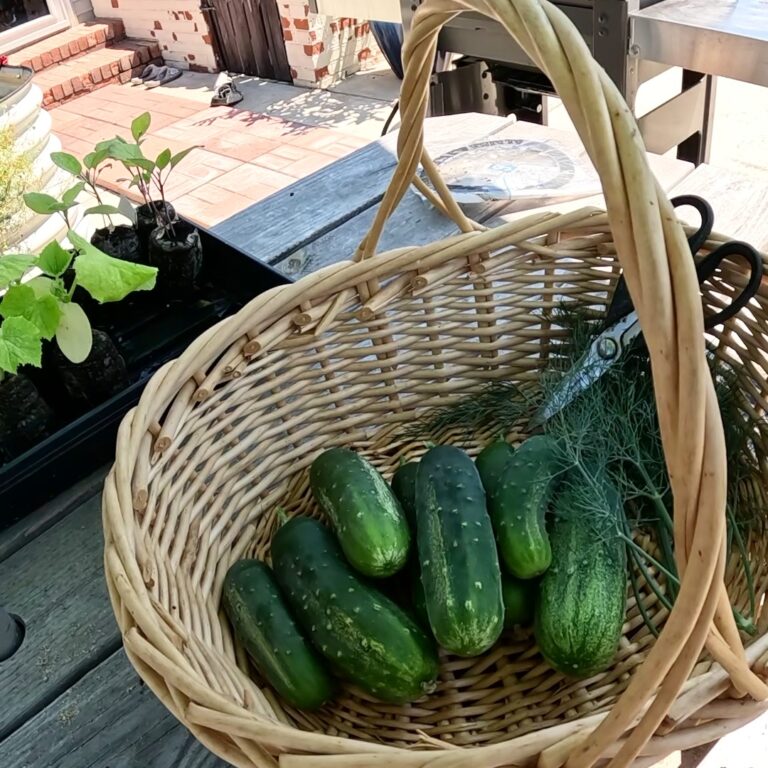
When I harvest cucumbers at finger length, they’re crisp and never bitter – even when I forget a few on the vine. These went straight into my spicy brine with dried chilis, no bitterness at all. The key is catching them before they get oversized and develop that harsh taste that heat stress brings on.
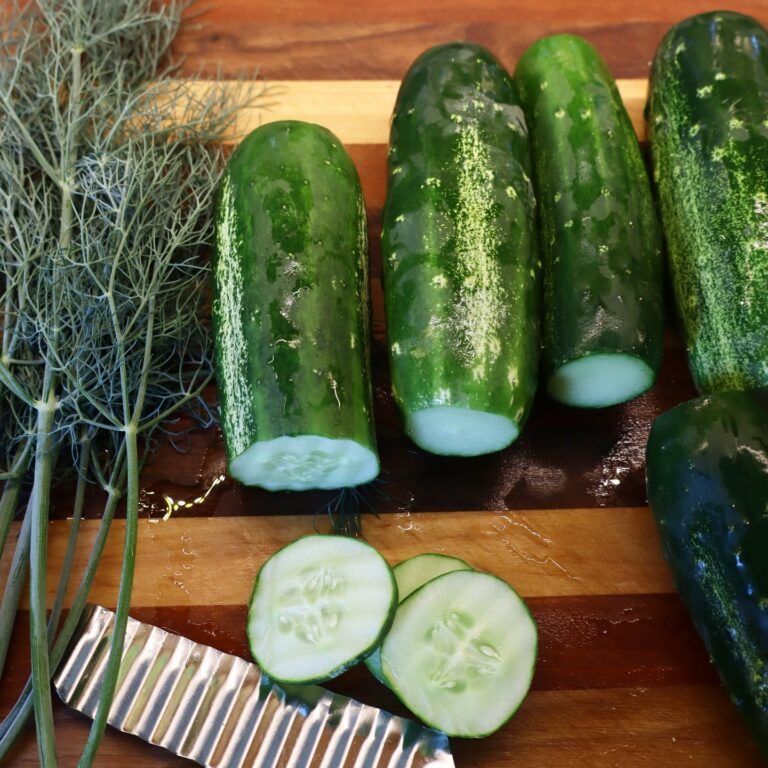
These pickling cucumbers are finger-length —the sweet spot for avoiding bitterness. I harvest mine when they’re no longer than a finger, and they stay crisp and never bitter, even when I forget a few on the vine. The ones that get too big or stay hidden behind leaves? Those are the ones that turn bitter or come out misshapen.
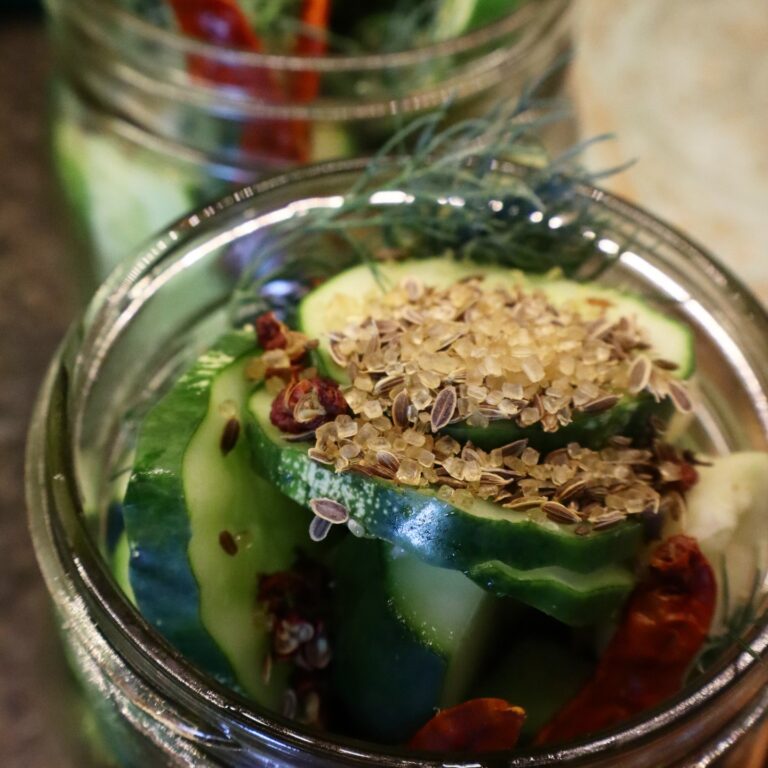
I harvest my pickling cucumbers when they’re no longer than a finger – short, crisp, and never bitter even when I forget a few on the vine. The key is catching them before they get oversized and develop that harsh taste that ruins a good pickle. These went into my spicy brine with dried chilis, and after years of tweaking the recipe, this method just works.
The truth is, cucumber problems taught me more about gardening than perfect harvests ever did. When I see a curved cucumber now, I know to check if it was hidden from pollinators. When I taste bitterness, I know my watering schedule needs work or my mulch is too thin. These aren’t failures – they’re feedback. Your cucumbers are telling you what they need, and with a few adjustments, you can give it to them. Next time you’re out in the kitchen garden, take a closer look at where your cucumbers are growing and how they’re shaped. The plant is talking to you.

